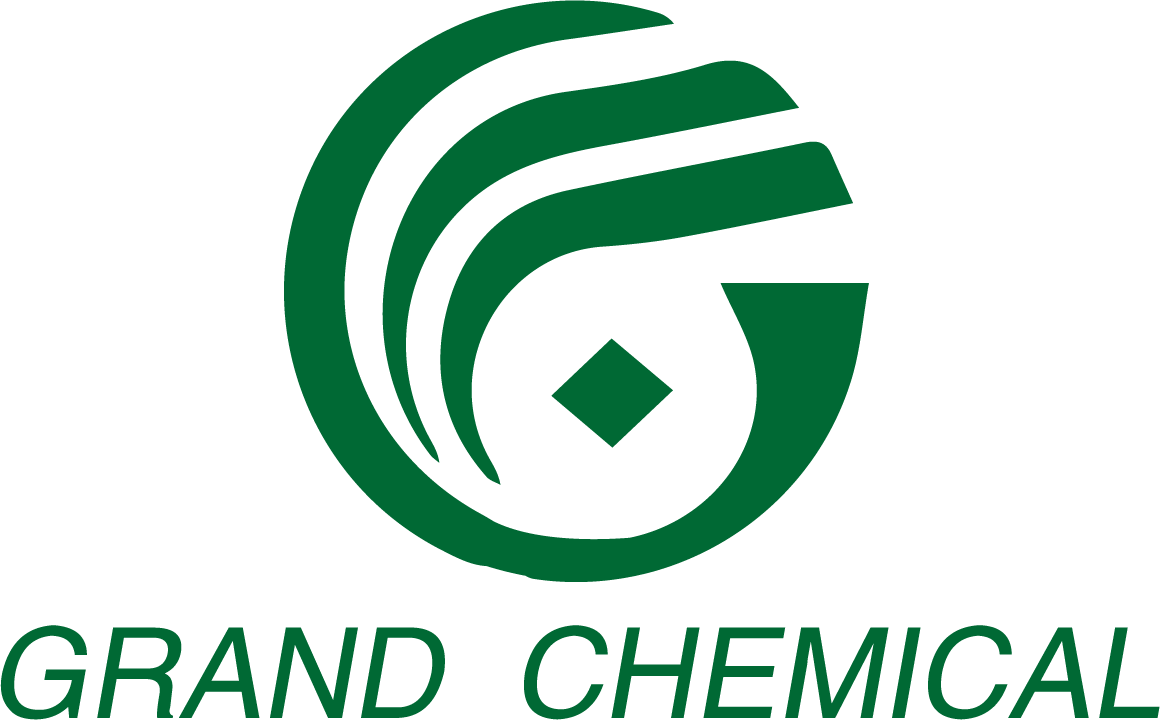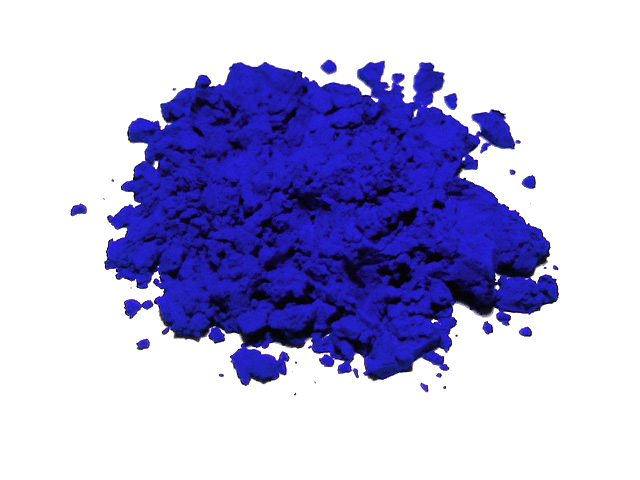Introduction
In the world of color and materials science, fluorescent brighteners—also known as optical brightening agents (OBAs)—play a crucial role in creating the clean, bright white tones consumers expect. However, achieving the ideal shade of white is not as simple as maximizing brightness. Cultural preferences, lighting conditions, and material properties all influence how “white” is perceived.
To meet these diverse visual standards, fluorescent brighteners are often combined with trace amounts of dyes or pigments, a technique known as tinting or bluing, to fine-tune hue and enhance overall whiteness.
1. Cultural and Perceptual Differences in Whiteness
“White” is not universal. Perception varies widely by region, lighting, and even physiology.
- Asian consumers, particularly in China, prefer a bluish-white that conveys cleanliness and freshness.
- North American consumers often favor a reddish-white, which appears warmer and softer.
- European consumers, due to a slightly greenish corneal tint, tend to perceive greenish-whites as more natural.
These differences illustrate that pure white is not always the most appealing. Instead, the most desirable white is one with a delicate hue balance that aligns with local aesthetic expectations.
2. The Synergy Between Fluorescent Brighteners and Tinting Dyes
How Fluorescent Brighteners Work
Fluorescent brighteners absorb invisible ultraviolet (UV) light and re-emit it as visible blue light, offsetting yellowish tones and enhancing perceived whiteness. Their performance, however, depends on the presence of UV light in the illumination source.
Under artificial lighting with low UV content, the whitening effect can diminish—making whites appear duller. To overcome this, tinting dyes or pigments are added to achieve consistent whiteness under various light sources.
Why Tinting Works
Tinting agents—sometimes called bluing dyes—add a subtle hue (typically blue, violet, or occasionally red) that shifts the overall tone of the white. Though they may slightly reduce brightness, the human eye perceives the tinted white as cleaner and more brilliant because it is more sensitive to hue than to brightness.
3. Common Dyes and Pigments for Whiteness Adjustment
The choice of dye or pigment depends on the substrate (textile, paper, plastic) and the solubility of the fluorescent brightener being used.
| Type | Typical Dyes or Pigments | Applications |
|---|---|---|
| Disperse Dyes | Disperse Blue 2BLN, Fulon Blue S-BGL, C.I. Disperse Violet 23 | Polyester fibers, plastics |
| Reactive Dyes | Reactive Brilliant Blue X-BR, Reactive Red Violet X-2R | Cotton, viscose |
| Acid Dyes | Pergacid Violet 2B, Eriosin Fuchsine RL | Wool, nylon |
| Direct Dyes | Direct Turquoise Blue GL | Cotton, paper |
| Cationic Dyes | Cationic Violet 2K | Acrylic fibers |
| Vat Dyes | Indanthren Brilliant Violet RK | High-fastness fabrics |
| Pigments/Paints | Coating Blue FFG, Phthalocyanine blues | Plastics, coatings |
Typical dosage levels are extremely low—1–100 mg/kg—to ensure hue correction without visible coloration.
4. Application Examples
Example 1 – Whitening Polyester
Adding violet organic pigments or blue/violet disperse dyes enhances polyester whiteness.
Result: Polyester yarn whiteness increases by 7 whiteness units with 80 mg/kg of solvent red pigment added during chip whitening.
Example 2 – Whitening Cotton Knitted Fabrics
Fluorescent brighteners are combined with small amounts of blue dyes for simultaneous whitening and tinting.
Process:
Bleaching → Whitening + Blueing → Washing → Softening → Drying
Whitening Formula:
- Uvitex MST (300%) — 0.5–2.0% (o.m.f.)
- Sodium sulfate — 3–5 g/L
- Pergacid Violet 2B — 1–5 mL/L
- Eriosin Fuchsine RL — 2–10 mL/L
- pH — 5–6; Bath ratio — 1:10–1:20
Tip: Pre-dissolve dyes in 1000× water for best uniformity.
Example 3 – Whitening Polyester–Cotton Blends
Blended fabrics often use a one-bath bleaching + whitening + tinting process.
Formula:
- Fluorescent Brightener DT — 10–20 g/L
- Fluorescent Brightener VBL — 0.2–0.3 g/L
- Hydrogen Peroxide (30%) — 5–7 g/L
- Sodium Hydroxide — 4–6 g/L
- Fulon Blue E-BLN — 0.05 g/L
Example 4 – Whitening Thermoplastic PVC
In plastics, fluorescent brighteners can be fine-tuned with trace dyes to produce neutral whites, effective even under indoor lighting.
Whitening Formula (by weight):
- Rutile Titanium Dioxide — 3%
- Uvitex OB — 0.02%
- Cromophtal A3R — 0.0002%
Tinting Formula (neutral white adjustment):
- Uvitex OB — 0.2%
- Urassol Red 2B — 0.0001%
5. Key Takeaways
- Fluorescent brighteners and tinting dyes work synergistically to achieve optimal whiteness and hue balance.
- Color tone adjustment is essential for tailoring products to different markets and lighting environments.
- Trace-level additives (in mg/kg concentrations) are sufficient to enhance perceived whiteness without loss of brightness.
- Material-specific formulations ensure consistent results across textiles, plastics, and coatings.
Conclusion
Achieving the perfect white is a sophisticated interplay between light, material, and human perception. By combining fluorescent brighteners with trace tinting dyes or pigments, manufacturers can precisely control hue, brightness, and whiteness to meet diverse market expectations.
This scientific approach not only enhances aesthetic appeal but also ensures that whitened materials maintain their brilliance under any lighting condition—delivering a smarter, cleaner, and more customized white for global consumers.
At Shandong Grand Chemical Co., Ltd., we specialize in producing and supplying a wide range of high-performance fluorescent brighteners for plastics, coatings, detergents, and textiles.
📩 Contact us for product data sheets, samples, or technical guidance:
Email: sales@obachemical.com
WhatsApp: +86 13173009832

